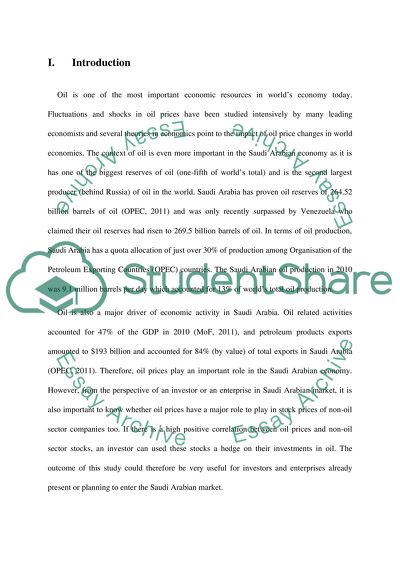Cite this document
(“Influence of Oil Price on Non-Oil Sector Stocks in Saudi Arabia Research Paper”, n.d.)
Retrieved de https://studentshare.org/finance-accounting/1391422-research-proposal
Retrieved de https://studentshare.org/finance-accounting/1391422-research-proposal
(Influence of Oil Price on Non-Oil Sector Stocks in Saudi Arabia Research Paper)
https://studentshare.org/finance-accounting/1391422-research-proposal.
https://studentshare.org/finance-accounting/1391422-research-proposal.
“Influence of Oil Price on Non-Oil Sector Stocks in Saudi Arabia Research Paper”, n.d. https://studentshare.org/finance-accounting/1391422-research-proposal.


